I am currently designing a RF receiver for the APT protocol in order to collect NOAA weather images. This has been widely done on the internet, but I'd like to do it from scratch and not use any SDR.
I've come up with a superhet receiver followed by an in-phase and quadrature module. This is then going to be fed to a microcontroller.
The frequencies that I am interested in are 137.620MHz, 137.9125MHz and 137.100MHz with a bandwidth of 38kHz.
My question is: How precise do I need to get my oscillator? Ideally I would have it at those specific frequencies, but there is no oscillator available with these frequencies.
I am an embedded software engineer with some experience in digital electronics and my time working on telecoms at schools start to date.
PS: I have chosen an intermediate frequency of 10.7MHz with a low-pass filter to cutout the image response at around 147MHz.
EDIT: The answer is a fractional-N synthesizer that allows the generation of a precise frequency. I am going to go with the Si5351 IC that incorporates a PLL and a fractional-N synthesizer at low cost.

